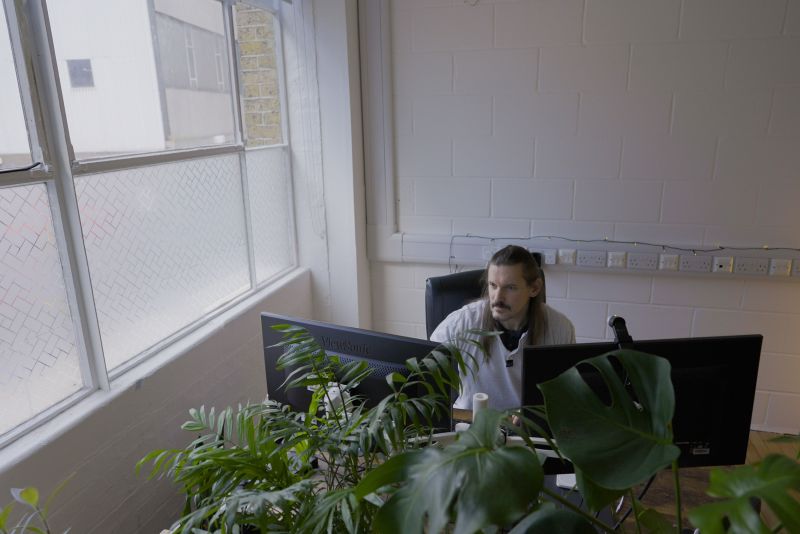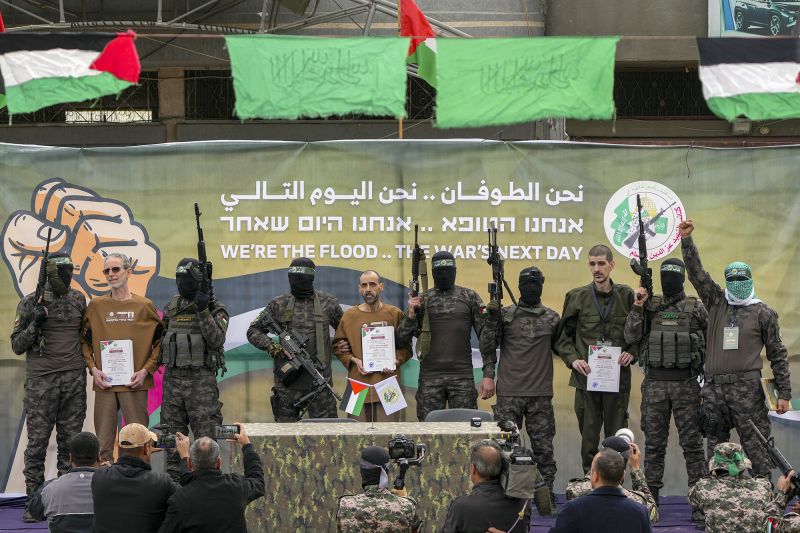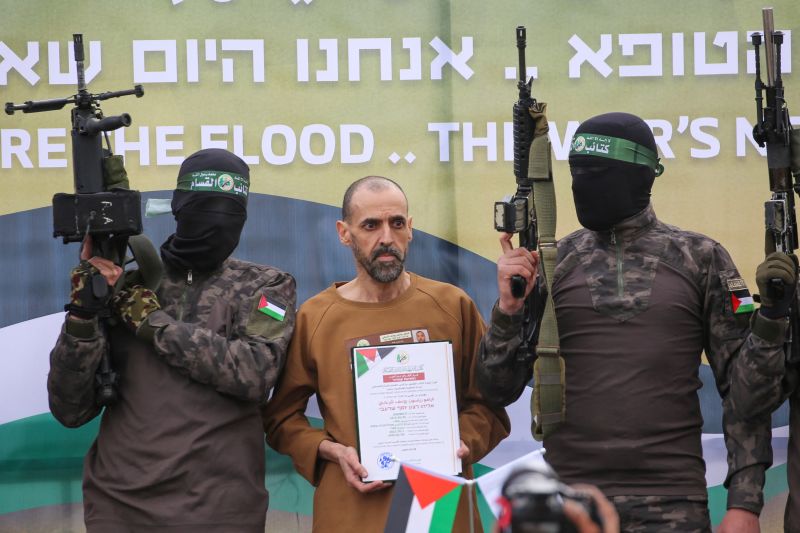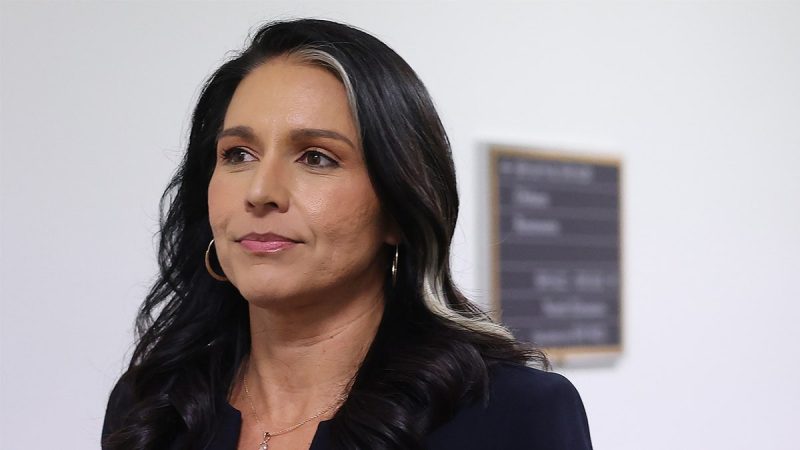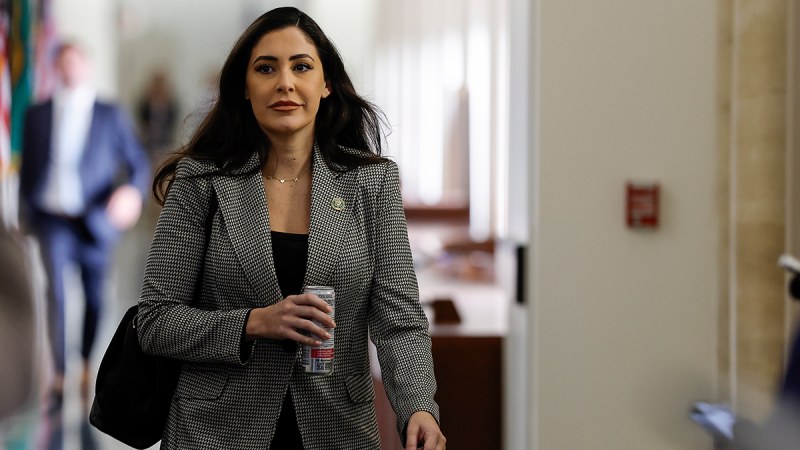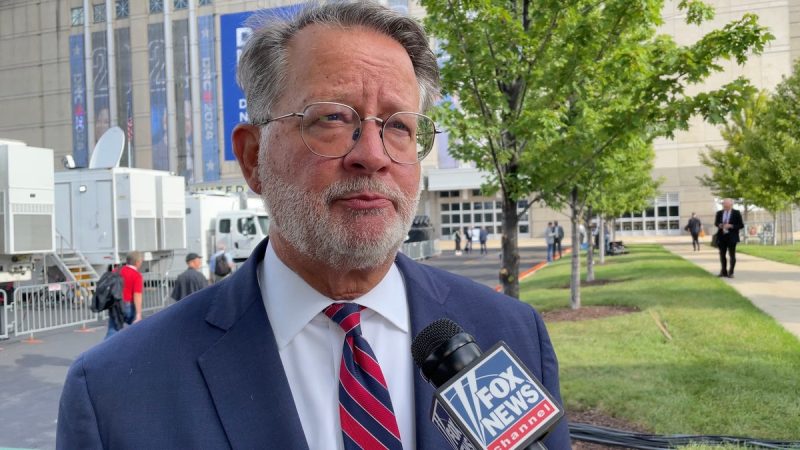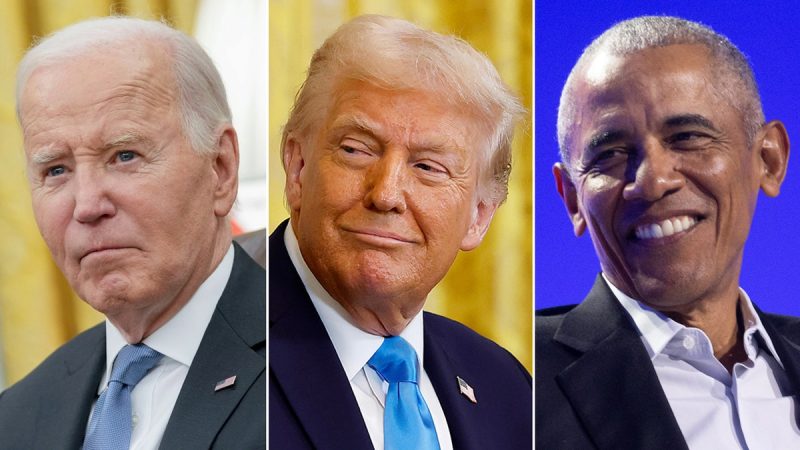No doctors for sick children. This is the reality of Trump’s aid freeze in remote northern Thailand
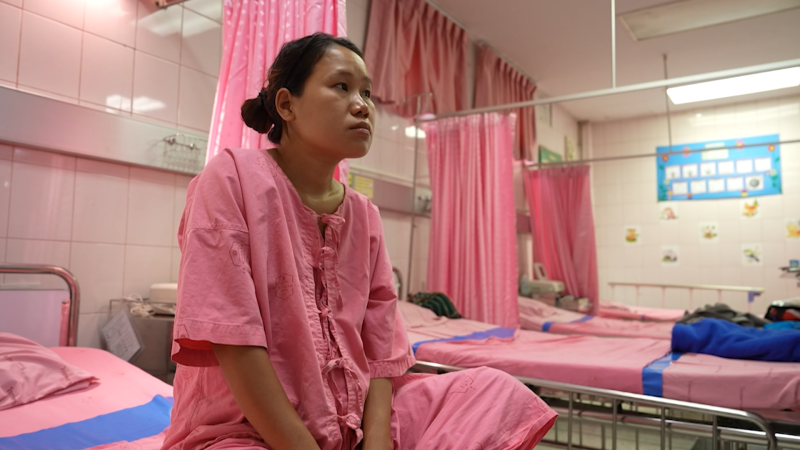
Plastic tubes meander from Rosella’s nose to a nearby oxygen tank that’s bigger than she is, as she flicks through a book of her drawings: a flower, a house, a chicken.
The 9-year-old needs non-stop medical attention for the bone condition she was born with that has left her ribs pushing dangerously on her lungs, one of which is not working as it should.
Rosella and her mother are refugees living in one of nine remote camps dotted along Thailand’s mountainous border with Myanmar.
About 100,000 people live in the camps, having fled decades of fighting between the Myanmar military and ethnic minority rebel groups. The situation at the border has worsened in recent years by the junta’s coup and ensuing civil war.
Mae La is the biggest camp and its US-funded hospital is the only source of health care for more than 37,000 people living there – mostly from the ethnic Karen minority.
When the Trump administration ordered a 90-day freeze on almost all international aid, halting the US’ entire global development network overnight, the camp hospital was forced to shut its doors, sending shock waves through the refugee community.
Video posted by refugees on social media showed patients at the center being lifted from their hospital beds and carried out in hammocks covered in blankets.
Rosella was moved to a nearby improvised health center, along with other patients with chronic conditions. But there are no longer any doctors to treat her.
Numerous aid workers in northern Thailand described widespread panic and confusion following the sudden suspension of aid, especially among those whose work provides life-saving services to some of the world’s most vulnerable and impoverished people on both sides of the border.
“We have never faced a problem like this before,” said Saw Bweh Say, secretary of the Karen Refugee Committee, which represents refugees in the Thai camps.
Anxiety over medicine and food
Refugees in the Thai border camps live a fragile and isolated existence.
They cannot legally work and need a permit to even leave the camp. The Thai government considers the camps temporary settlements, but some communities have been there for generations.
Basic services such as health care, education, sanitation, water and food are provided by international aid donors. In Mae La, and six other camps, those funds come almost entirely from the US – the world’s largest aid donor – through the International Rescue Committee.
Though the camp hospitals are more akin to field clinics, with tin roofs and intermittent power, they are the only source of health care for tens of thousands of people.
“If it’s an emergency, how can we face the situation? That burdens a lot of people here,” said Ni Ni, 62, who has heart failure and kidney disease.
For some, it’s already too late. In nearby Umpiem camp, an elderly lady with breathing problems died after she could not access supplemental oxygen due to the hospital closure, an IRC spokesperson said.
An IRC spokesperson said they had to start shutting outpatient departments and other facilities in the camps following the stop-work order. Management of the medical facilities, equipment and water system has been transferred to Thai authorities and camp commanders, though the IRC continues to source medicine and fuel using non-US funds.
Teams of refugee medics, midwives and nurses are working round-the-clock helping to plug the gaps, while families scramble for alternative treatment for their loved ones.
“Karen families donated medicine and oxygen tanks, but that’s not enough,” said Pim Kerdsawang, an independent NGO worker in the border city of Mae Sot.
Compounding their concerns is the cost of food. Feeding more than 100,000 refugees across all nine camps for one month costs $1.3 million dollars, and the organization that provides the food and cooking fuel says it has only enough money to last for a month and a half.
Refugees use a food card system to buy items in the camp shops, which is paid for by The Border Consortium. The food and cooking fuel are funded by State Department’s Bureau of Population, Refugees, and Migration (PRM), the group said.
“The main concern is not having the means to provide the refugees with food and cooking fuel. So far, there is no alternative to the US grant,” said Leon de Riedmatten, executive director of The Border Consortium.
The organization has started prioritizing the most vulnerable refugees who have no income of their own, Riedmatten said, as the aid freeze and continuous arrival of new refugees fleeing violence in Myanmar drains the funds.
Thai hospitals bear the brunt
When Tawatchai Yingtaweesak heard the camp hospitals had shut, his team raced to see how they could help.
Tawatchai is director of the Tha Song Yang hospital, about a 30-minute drive from sprawling Mae La.
With no doctors on duty in the camps, his hospital and several others have stepped in to treat refugees with serious and emergency conditions.
Tawatchai said suddenly closing the US-funded hospital was “dangerous” and, since the aid freeze, his facility has taken in between 20 and 30 refugee patients.
He is working with camp medics and helping to deliver oxygen, among other supplies, but says this can only be a temporary fix. His hospital serves about 100,000 people and while they can cope, he worries that this year’s rainy season will overwhelm them.
Typically starting around June, the monsoon is “high season for disease,” Tawatchai said, with a surge in mosquito-borne diseases and children with pneumonia.
Naw Mary, 32, was rushed to the maternity ward at Tha Song Yang on Sunday, suffering from high blood pressure. Far from her family and home at the camp, she was about to give birth to her first child.
“They said it was risky to deliver a child in the camp without a doctor and facilities so they referred me to this hospital,” Naw Mary said.
Nervous and excited to bring her baby into the world, Naw Mary also said she’s concerned about follow-up care for her newborn and herself.
“Why did they have to stop helping the refugees?” she asked.
‘Those who are really in need’
The pain created by the US aid freeze goes beyond the refugee camps.
They include cuts to vaccine, education and resettlement programs, domestic violence shelters, anti-human-trafficking initiatives, safe houses for dissidents, and help for displaced people.
For more than 30 years, the Mae Tao clinic near Mae Sot has been a lifeline for vulnerable and impoverished migrants from Myanmar. The clinic handles almost 500 patients a day, and 20% of its funding comes from the US.
Now that funding has been put on hold, the clinic has to reallocate part of its budget so their health care services are not impacted.
“This fund we only use for vulnerable people and those who are really in need,” said Saw Than Lwin, deputy director of organization and development at Mae Tao.
Nearby the clinic, aid workers with the Burma Children Medical Fund load boxes of supplies containing food, infant formula baby milk powder, medicine, and eye screening kits, into a van.
It’s headed across the Moei River, a border between Thailand and Myanmar, to help thousands of people just kilometers away displaced by Myanmar military airstrikes and ground attacks.
The needs in Myanmar are huge, aid workers say, where millions of people struggle with hunger, trauma and the constant threat of attacks.
“The places that we’re working in are the remotest areas in all of Burma, very hard to reach communities without other alternatives to medical assistance,” said Salai Za Uk Ling, founder of the Chin Human Rights Organization.
About 30% of CHRO’s funding comes from the USAID and the group, which provides medical and mental health care to tens of thousands of people in Myanmar’s northwest, has had to cut vital services and lay off staff in the past three weeks.
“Rural communities, people who are living in displaced situation, don’t know a whole lot about international politics, all they care about is their daily survival,” Za Uk said.
“How do we even begin to explain to them why this is happening?”
In Myanmar’s Kayah state, also known as Karenni, the aid suspension has meant teachers’ salaries cannot be paid, leaving kids without education, said Banya Khung Aung, founder and director of the Karenni Human Rights Group.
If they had more notice, groups like his could have sourced alternative funding, he said.
Waivers not being processed
US Secretary of State Marco Rubio has claimed the US is continuing to provide lifesaving humanitarian aid. Rubio, now the acting administrator of USAID, reiterated last week that he had issued a blanket waiver for lifesaving programs.
“If it’s providing food or medicine or anything that is saving lives and is immediate and urgent, you’re not included in the freeze. I don’t know how much more clear we can be than that,” Rubio said, questioning the competency of organizations that haven’t applied for a waiver.
Even if funds are made available after the 90-day freeze, “who would then communicate to us or be knowledgeable enough to process what is left of the system?” asked Za Uk from CHRO.
“By time that any funding reaches us, unfortunately for those suffering from serious medical condition might be lost.”
In his January 20 executive order, President Donald Trump said the “US foreign aid industry” serves to “destabilize world peace” and is “in many cases antithetical to American values.”
But those affected in northern Thailand are some of the world’s most vulnerable people who rely on US aid to survive.
In Mae La camp, Rosella can’t stray far from her oxygen tank. She needs one tank every two days, her mother said.
Complicating their family’s situation is that Rebecca is five months pregnant. She used to get her ultrasounds and prenatal care at the hospital, but that has all stopped as well.
“I don’t know what to do. There are no doctors to go and see right now for this pregnancy,” she said.
“I’m worried for my daughter and this pregnancy, worried for everyone.”
